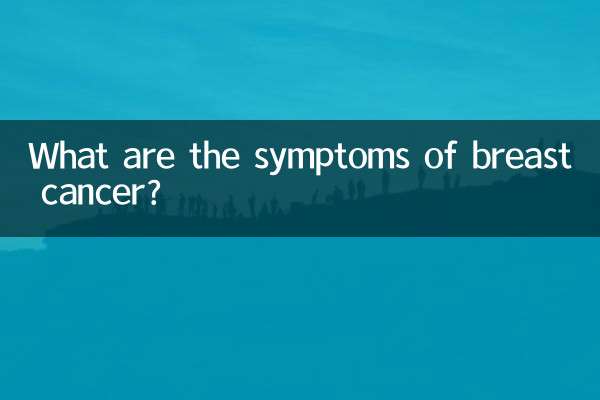What is the diagnosis of epididymitis?
Epididymitis is a common disease of the male genitourinary system, which mainly manifests as scrotal pain, swelling, and fever. Many patients don’t know which department they should attend when symptoms appear, which delays treatment opportunities. This article will introduce in detail the department selection, symptom manifestations, treatment methods for epididymitis, as well as recent hot topics on the Internet.
1. What department should I treat for epididymitis?

Epididymitis is a disease of the male reproductive system. Patients should first choose the following departments for treatment:
| Department name | Suitable for the situation | Remark |
|---|---|---|
| Urology | Preferred Department | Professional treatment of male reproductive system diseases |
| Andrology | Specialist hospitals are available | Specialized in treating male diseases |
| emergency department | During acute attack | You can go to the emergency room at night or on holidays |
| general surgery | Optional for primary hospitals | Alternative options when urology is not available |
2. Typical symptoms of epididymitis
Understanding the typical symptoms of epididymitis can help you seek medical attention promptly:
| symptom | frequency of occurrence | Severity |
|---|---|---|
| scrotal pain | More than 90% | moderate to severe |
| swelling of the scrotum | 85% | Depends on the condition |
| fever | 60% | low or high fever |
| Frequency and urgency of urination | 50% | Mild |
| urethral discharge | 30% | Depending on the type of infection |
3. Recent hot topics on the Internet
According to network data analysis in the past 10 days, the following are hot topics related to epididymitis:
| topic | heat index | Main discussion points |
|---|---|---|
| The relationship between epididymitis and sexually transmitted diseases | 8.5 | Is it a sexually transmitted disease? |
| Possibility of self-healing of epididymitis | 7.2 | Can it heal on its own without treatment? |
| Epididymitis affects fertility | 6.8 | Effect on sperm quality |
| Epididymitis Home Care | 6.5 | Home remedies such as ice packs |
| TCM treatment of epididymitis | 5.9 | Conditioning effect of traditional Chinese medicine |
4. Diagnosis and treatment of epididymitis
Diagnosis of epididymitis usually involves the following steps:
| Check items | Purpose | necessity |
|---|---|---|
| Physical examination | preliminary judgment | Must do |
| Urine routine | Detect infection | Must do |
| Blood routine | Inflammation markers | Choose to do |
| Ultrasound examination | Rule out other diseases | Often done |
| Bacterial culture | Identify the pathogen | Do it in severe cases |
Treatment methods mainly include:
| Treatment | Applicable situations | Course of treatment |
|---|---|---|
| antibiotic treatment | bacterial infection | 7-14 days |
| pain medication | relieve pain | Symptomatic period |
| bed rest | acute phase | 3-5 days |
| scrotum lift | Reduce swelling | Symptomatic period |
| surgical treatment | abscess formation | Very few |
5. Recommendations for preventing epididymitis
To prevent epididymitis, you need to pay attention to the following points:
1. Maintain good personal hygiene habits
2. Avoid holding urine for a long time
3. Pay attention to safety and hygiene during sex
4. Treat urinary tract infections promptly
5. Avoid sitting for long periods of time and wearing tight pants
6. Enhance immunity and maintain a regular schedule
6. Answers to common misunderstandings
Regarding epididymitis, patients often have the following misunderstandings:
| Misunderstanding | fact |
|---|---|
| Epididymitis is contagious | Only infections caused by specific pathogens are possible |
| Epididymitis requires surgery | Most can be treated with medication |
| Epididymitis is a sexually transmitted disease | Only some are related to sexually transmitted pathogens |
| Epididymitis can lead to cancer | There is currently no evidence that it causes cancer |
| Epididymitis requires hospitalization | Mild to moderate cases can be treated on an outpatient basis |
Summary: Patients with epididymitis should first seek treatment at the urology department. Timely treatment can effectively control symptoms and prevent complications. Understanding the correct medical procedures and disease knowledge will help achieve the best treatment results. If relevant symptoms occur, it is recommended to seek medical advice as soon as possible to avoid delaying the condition.

check the details

check the details